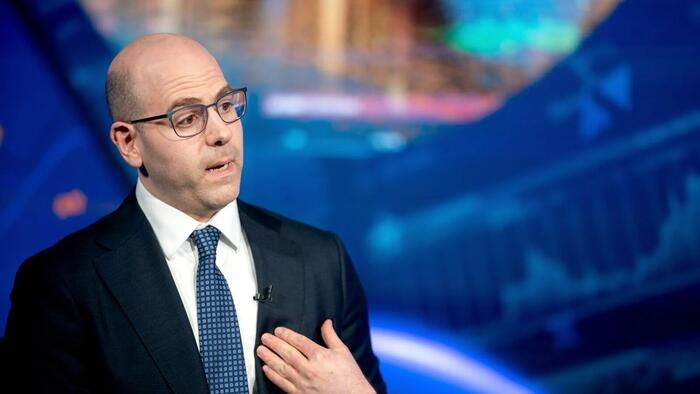


On Thursday President Trump named current CEA Chair Stephen Miran to serve as Fed governor for the remainder of outgoing Governor Kugler’s term. That term ends at the end of January, and the president indicated that the administration is continuing to search for a “permanent replacement.”
Like Peter Navarro, Miran has a PhD in economics from Harvard, and has also offered some unorthodox economic views, particularly about reforming the Fed. Almost all the substantive reforms he’s suggested would require Congressional action, something that does not appear to be immediately likely.
Separately, Bloomberg confirmed what we have been saying for months, namely that current Governor Waller is now the favorite in the race to succeed Powell as Fed chair. Waller is viewed as a widely respected policymaker who would represent continuity and whose nomination would very likely be cheered by markets, yet his recent Fed contrarian calls (he was one of two dissenters last week) have made him a darling in the eyes of the Trump admin.
As JPM chief economist Michael Feroli reminds us, last year, Miran penned an opinion piece arguing for hawkish monetary policy, although as Feroli adds, he "very much doubts that remains his view today." And while getting Miran approved by the Senate after it gets back from recess on September 5 but before the next FOMC meeting starts on September 16 would be a Herculean task, many thought that about getting OBBBA done before July 4.
Historically, new governors or Fed presidents have sometimes abstained from voting at their first FOMC meeting. But Feroli - and we - suspect that may not be the case now. So, according to the JPM analyst, in the off chance Miran is governor by the time of the next meeting, that could imply three dissents. That’s a lot of dissents.
For Powell the risk management considerations at the next meeting may go beyond balancing employment and inflation risks, and JPMorgan now sees the path of least resistance is to pull forward the next 25bp cut to the September meeting, while also continuing to look for three like-sized cuts at the subsequent three meetings before pausing indefinitely.
But what about the S&P printing new record highs every day? Well, as Feroli notes, "it's not unprecedented for the Fed to ease when stocks are at or near all-time highs" although he caveats that "it’s rarer when stocks are at the highs and inflation is above target and inflecting higher." So, an ease next meeting isn't likely to be broadly welcomed by the Committee, according to JPMorgan.
At the last FOMC meeting, Powell framed the labor market risks in the context of the unemployment rate. Simplifying to that one dimension, a rate of 4.4% or higher could get a larger-sized cut at the next meeting, while a rate of 4.1% or lower could prompt a few dissents for a full employment, above-target inflation cut.
More in the full JPM note available to pro subs.
